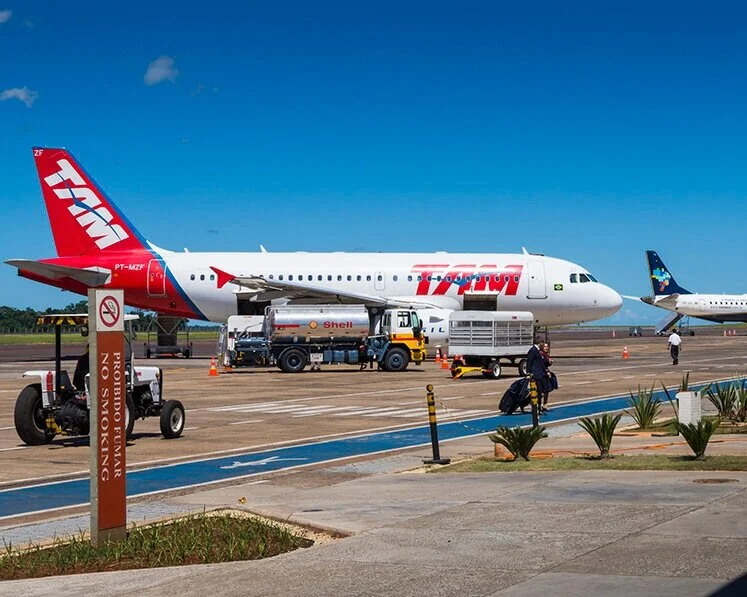India Struggles with a “Silent Killer”: Depression
/INDIA - India is the world's second most populous nation with some 1.4 billion people. But the ex-British colony that once spawned transformational figures like Mahatma Gandhi has also gained global notoriety for a host of glaring social problems, including poverty and air pollution.
Less well known is India’s dubious honor as the country with the highest percentage of citizens suffering from depression.
International agencies and the government's own national mental health care body estimate that 10% of India’s population -- or 140 million people -- suffer from moderate-to-severe depression, including 2% that suffer from depression severe enough to require hospitalization.
But those figures probably underestimate the actual size and scale of the problem because studies show that millions of Indians, especially in rural areas, have never been diagnosed and may not even know that they suffer from mental illness.
Some analysts estimate that as much as 36% of India suffers from a mental disorder.
India, with its plethora of traditional ethnic, religious and linguistic groups, shares with many other countries a deep resistance to modern psychiatry which has helped reinforce a deep social stigma about mental illness.
Many families are still ashamed to admit that their parents, children or siblings have a debilitating psychiatric disorder, and may try to hide or disguise it, fearing that it suggests a weakness in their lineage or care practices.
There is also a pervasive belief, especially in rural areas, that mental illness constitutes a curse or a form of karma that only supernatural intervention can "cure.”
In central and southern India lower-caste Indians still make pilgrimages to Hindu "healing temples" to beseech their favorite deities to assist their mentally ill loved ones. Some also bring their relatives to local exorcists in the hopes to freeing them of “demon possession."
Mental health officials that try to discourage these practices – even sending teams of psychologists to the temples -- have often been met with fierce resistance.
Many scholars believe that the real fault for India’s ongoing depression problem lies with the national government which has failed to develop a comprehensive mental health care system and whose medical establishment suffers from the same depression sigma afflicting the general populace.
In 1983, the government established a National Mental Health Program (NMHP) with headquarters in Bangalore. It soon pledged to devote significant diagnostic and treatment resources to depression and a host of other mental disorders, including schizophrenia.
But despite steady increases in annual funding, the NMHP has largely failed to integrate mental health services into India’s primary care system, studies show. For example, more than 60 per cent of people with mental disorders still access specialized care at poorly funded district hospitals. In addition, there are extreme regional disparities in the government’s mental healthcare infrastructure.
India has 443 public mental hospitals, but six states, mainly in the northern and eastern regions with a combined population of 56 million people – a third of the country -- are without a single mental hospital.
Demographic disparities are also wide – and growing. A 2015 study among 1,000 hospitalized mental health patients found that mental illness and depression rates were much higher among the nation’s poor. Elderly Indians are especially subject to depression and depression stigma, as are women, especially pregnant women and those suffering from HIV/AIDS. Some scholars believe female depression rates – and their comparatively high suicide rates – are linked to domestic violence, conflict with relationship partners, and confining social roles.
Some notable bright spots exist in India's approach to depression and mental illness in specific locales and among some social groups. Sikhs in the northern Punjabi region have long viewed depression as a “natural” part of daily life and prescribe meditation, yoga and other practices to help relieve it. Muslim Sufis have also approached depression with a greater spirit of acceptance than other groups, analysts say.
And there have been sporadic experiments in mental health outreach led by non-governmental organizations and specially-trained “lay counselors” that have demonstrated what committed professionals can achieve, with sufficient resources, even in the most forbidding of environments.
But the number of mental health clinicians in India continues to lag far behind most of the world’s nations, including other countries in the developing world. For example, the median number of psychiatrists in India is only 0.2 per 100,000 population compared to a global median of 1.2 per 100,000 population.
The median figures for psychologists, social workers and nurses working in mental health in India are almost as severe, according to figures compiled by the World health Organization (WHO).
While the national government, egged on by the WHO, continues to debate new grassroots policy initiatives, depression sufferers have begun receiving support from an unlikely source: Bollywood.
Last October, after several of the nation's top film actors went public with their struggles against depression, a coalition of health advocacy groups, including two of India’s leading psychiatric associations, joined with them to launch the country’s first nationwide mental health awareness campaign.
The Bollywood initiative has spawned a separate campaign by Indian college students and their counterparts at American universities to raise depression awareness among adolescents and youth. Photographs of students holding placards with depression awareness messages are disseminated through Instagram, Twitter and other social media sites.
Many scholars believe it’s long overdue that India embraced social marketing techniques of the kind that have proven successful in the West in reducing stigma toward HIV/AIDS and other taboo illnesses, including mental disorders.
But time is running out. Depression-related suicides are skyrocketing in rural areas, with the highest rates recorded among younger Indians who often lack the family and community supports their parents had. Without an extraordinary social intervention, coupled with institutional reform experts fear that India’s debilitating depression syndrome could get even worse in the years ahead.












